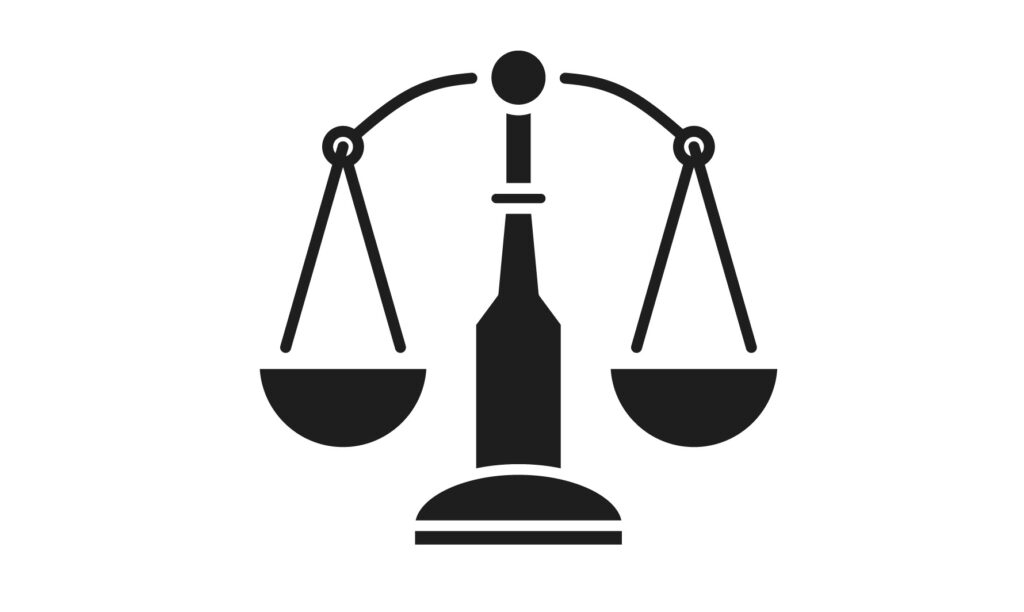Key Benefits of a Feasibility Study in Construction Projects:
Carrying out a feasibility study before starting the construction of infrastructure or buildings is a critical step that offers multiple benefits. It helps stakeholders make informed decisions by evaluating whether a project is technically, economically, legally, and environmentally viable.
4. Environmental and Social Impact
The strategic force steering us towards success.
7. Improves Project Planning
The strategic force steering us towards success.
6. Risk Management
Ensuring a seamless and delightful customer experience.
1. Technical Feasibility
- Assesses Site Conditions: Evaluates soil quality, topography, utilities, and accessibility.
- Evaluates Design Requirements: Ensures the proposed design is achievable with available technology and materials.
- Identifies Potential Risks: Flags technical challenges early (e.g., groundwater, seismic activity).
2. Financial Feasibility
- Cost Estimation: Provides accurate initial cost estimates for construction, labor, permits, etc.
- Budgeting and Funding: Helps determine if the project is affordable and whether financing is required.
- Return on Investment (ROI): For commercial buildings, calculates profitability and payback period.
3. Legal and Regulatory Compliance
- Zoning and Land Use: Checks if the land is zoned appropriately for the intended use.
- Permits and Approvals: Identifies necessary permits and helps avoid future legal issues.
- Environmental Regulations: Ensures the project meets environmental standards and sustainability goals.
4. Environmental and Social Impact
- Environmental Assessment: Evaluates impact on local ecosystems, noise, pollution, and resource use.
- Community Acceptance: Assesses social impact and potential resistance from local residents or stakeholders.
5. Operational Feasibility
- Functionality Check: Confirms the building or infrastructure will perform as intended once constructed.
- Maintenance Requirements: Evaluates the long-term maintenance and operational costs.
6. Risk Management
- Identifies Risks Early: Helps identify and plan for financial, technical, legal, and environmental risks.
- Improves Decision-Making: Provides clarity and confidence to stakeholders and investors.
7. Improves Project Planning
- Time and Resource Allocation: Helps plan realistic timelines and allocate resources more effectively.
- Avoids Cost Overruns and Delays: Reduces the risk of surprises that could derail the project later.
8. Stakeholder Confidence
- Investor and Lender Assurance: Increases the likelihood of securing funding or investor backing.
- Public and Government Trust: Demonstrates due diligence and responsible planning.
Summary:
A feasibility study acts as a blueprint for success in construction projects. It helps determine if a project should move forward, be modified, or abandoned—before major investments are made. In essence, it saves time, money, and resources while increasing the chances of a successful and sustainable outcome.
Let me know if you’d like a sample feasibility study outline or a checklist tailored to a specific type of construction project (e.g., residential, commercial, roadworks).







